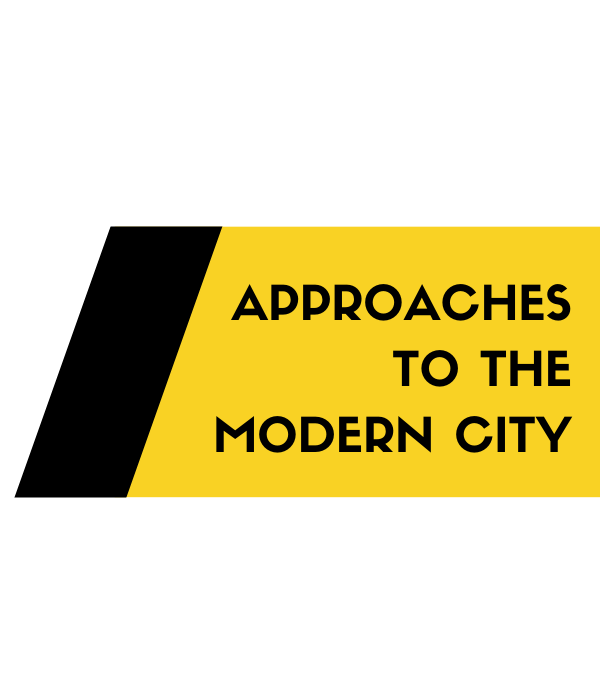In March 2020, halfway through the semester at Georgetown, we found ourselves in the midst of an event of world-historical significance. The moment was frightening and filled with uncertainty. But it was also clear that what was happening and how people responded to it would provide important knowledge for the future. Four members of the class decided to interview people in the cities they were studying to create records of the pandemic from the local and individual perspective, which we called “pandemic oral histories.” Other participants used local data and news reports to create short “pandemic city snapshots” for their cities. Together, these reports provide a time capsule of March-May 2020 in fifteen cities around the world.
The oral history project was an optional assignment in place of a final paper for the class. Interviews were conducted over the internet with people the students knew well residing in the cities being studied. Interviewees were informed of the purpose of the interviews and gave their assent to publication. Full names were removed and transcripts edited to protect their privacy.
In the tradition of oral history and ethnography, the focus of these interviews was on understanding the interviewees’ personal experience and perceptions. Interviews were conducted in Chinese, Korean, and Hindi, then translated by the interviewers. In addition to the country and the city where they live, factors like the interviewees’ gender and social class, as well as occupation and household circumstances, all play a role in these interviews. Because of the critical role of both global and local communication amid the confusion of the pandemic, the interviews also discuss people’s sources of news and medical information.
We started these oral histories shortly after Georgetown University closed its campus to limit the spread of the coronavirus. At the time, there was no way to know what trend the virus would follow in each city. By chance, with the possible exception of Tehran, none of the cities studied by participants in the course this semester became a major pandemic hotspot during March-May, 2020. Instead, Georgetown itself turned out to be located in a region of uncontrolled transmission. On March 11, when the university announced that all classes were going online, the DC-Maryland-Virginia region had reported 34 cases and zero deaths. On May 15, the university’s commencement day, the cumulative totals for the region were 72,529 reported cases and 3,256 deaths.
Reported cases in Busan, Delhi, Kaohsiung, and Nanjing, the oral history sites, were relatively low during this period. Interviewees’ lives were nevertheless transformed by the pandemic, as the oral histories make clear.
Other Pandemic Documentation Projects
Archiving COVID-19
Project by Professor Ananya Chakravarti and students at Georgetown University.
Voices from the Field
Corona Chronicles: Voices from the Field, a project of the Center for Southeast Asian Studies, Kyoto University.
Teach311 + COVID-19
Another collaboration in Asia, with journals, video, and teaching resources. The site started in 2011 in response to the earthquake-tsunami disaster in Northeast Japan, but now focuses on the pandemic.
Journal of the Plague Year: An Archive of COVID-19
A story and image archive started by scholars at Arizona State University.

